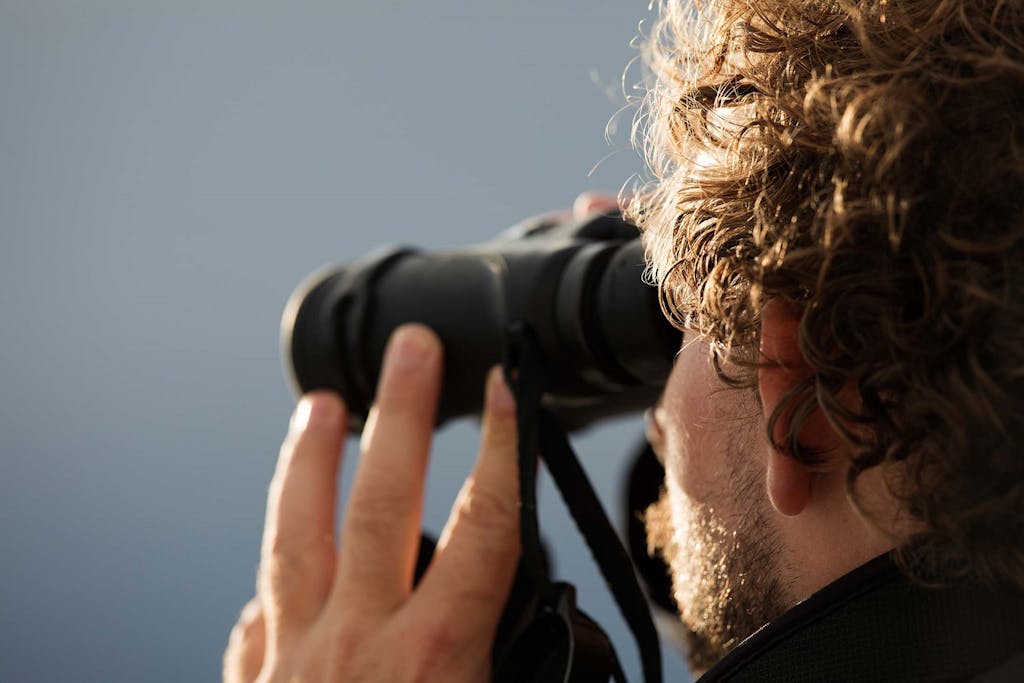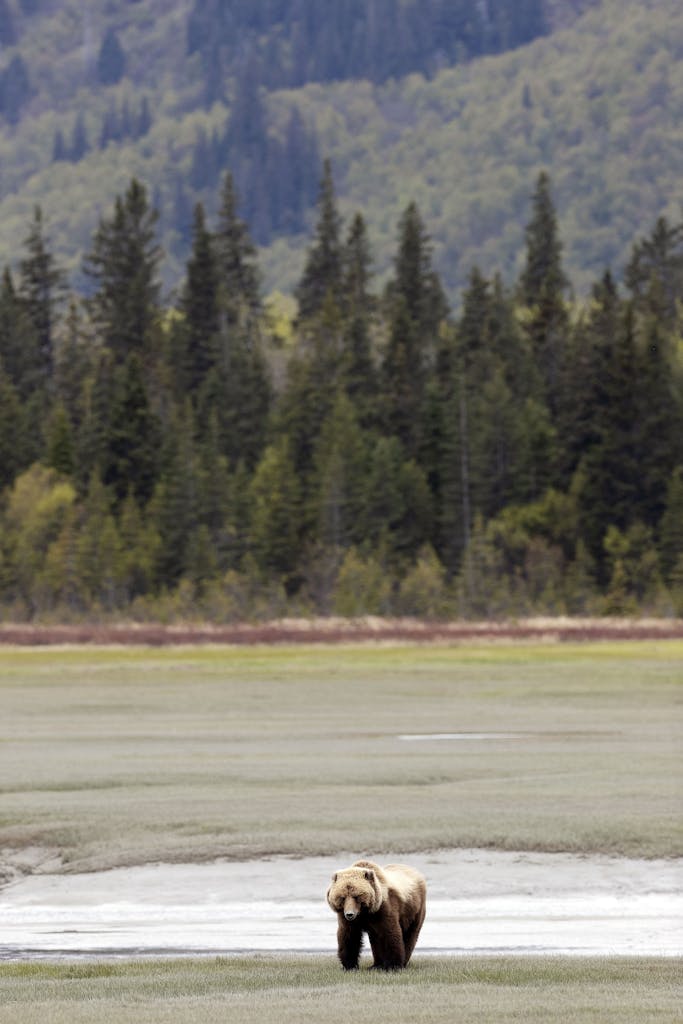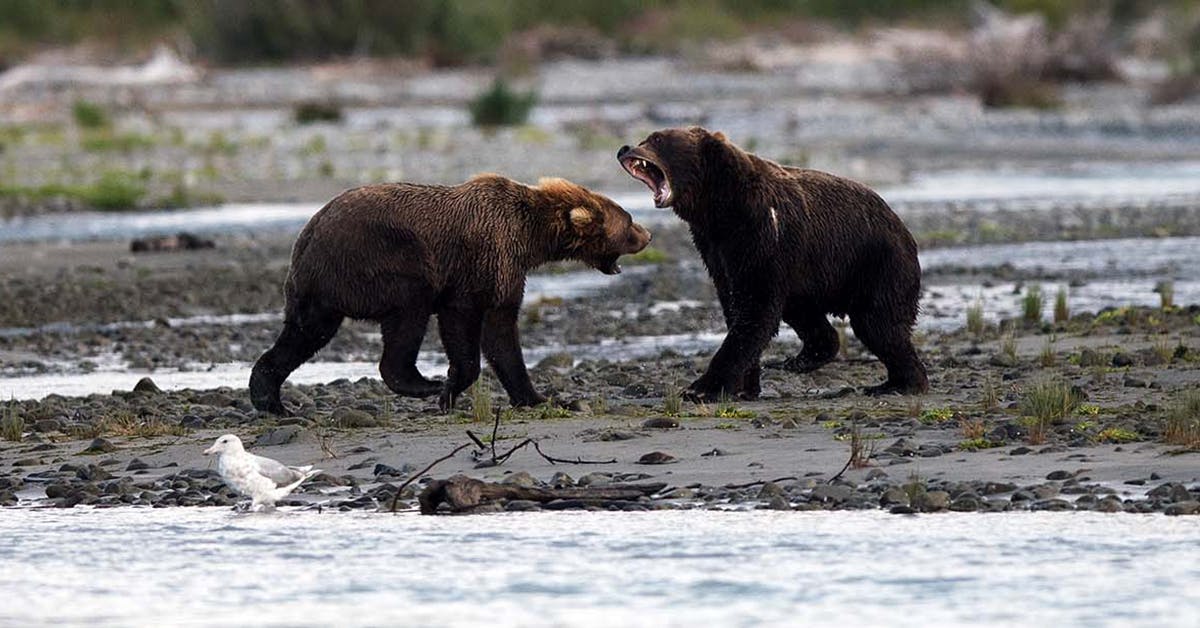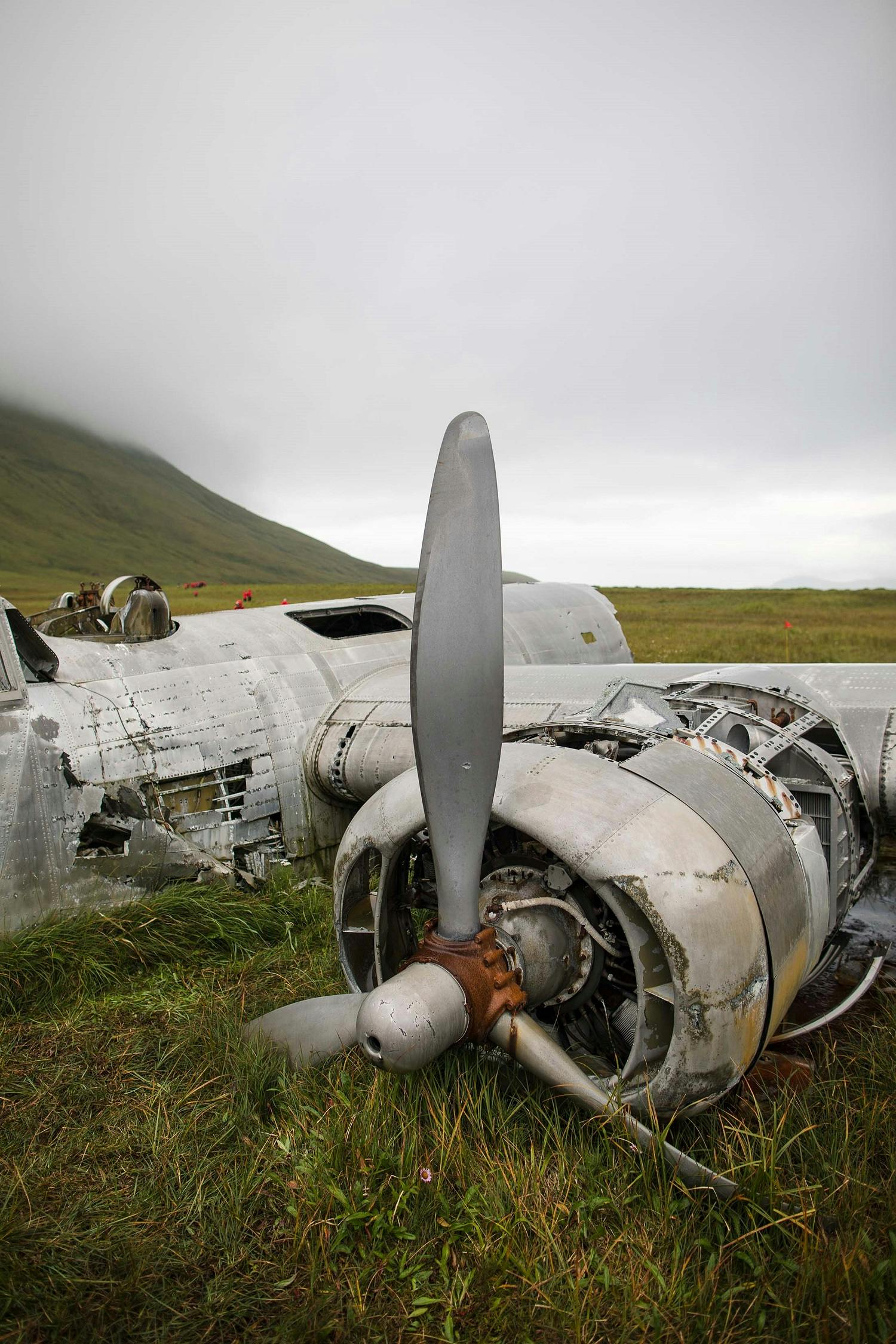7 Tips for Planning a Trip to Alaska to Catch a Glimpse of Brown Bears
It’s easy to go bear watching in Alaska if you know where — and how — to look. Unlike the other 49 states of the country, Alaska is home to decent populations of all three species of these North American creatures: black bears, brown bears (aka grizzly) and, of course, polar bears.
Cruising the Alaska coast offers the perfect opportunity for bear spotting: There’s a wide range of sites to scan for bears, and being on a boat prevents observers from interfering with their natural behaviors. Eleanor Bryant, a Silversea Expedition Operations Manager with over 10 years of experience spotting bears, explains that the most likely place to find bears is near their food sources. “Rivers, swampy areas, tall grasses, rocky beaches” are a few reliable locations in which Bryant suggests training your binoculars. With that in mind, here are seven tried-and-true tips for bear watching in Alaska.

1. Pick your season
All bears torpor throughout the winter to survive the harsh conditions when food sources are scarce. So spotting polar bears, black bears or brown bears will take some extra planning. Bears start high in the mountains in the early season and work their way down to meet the salmon run.
Bryant considers the bear season in Alaska to last from June until August — the best time to see bears catching salmon from rivers. “It’s when the bears are hungry and getting fat for winter,” she explains. Although they ditch their dens at the first sign of spring, it’s the approach of winter that motivates them to engage in more activity, leading to better opportunities to see bear activity in Alaska. “But with global climate change, we are seeing them earlier and earlier,” Bryant adds. That means taking a bet on the spring months isn’t the risk it once was.
2. Bring binoculars
Scopes are the spotting tool of choice for the pros, but they aren’t as useful from a moving boat. “The movement of the water will make it too unstable,” explains zoologist Cristina Garcia of Travel For Wildlife. While large ships offer greater stability, Zodiacs enable you to get close enough to see the animals without magnifiers.
That said, being able to see from a far distance is still essential for bear watching in Alaska. “The best thing is to get a good pair of birding binoculars, like an 8×32,” she recommends. The first number refers to magnification power — anything higher makes steadiness from a distance even harder to achieve. The second number represents the lens diameter in millimeters and informs how much light the binoculars can collect. Higher diameter numbers are only essential in low-light scenarios that you’re unlikely to encounter during an Alaska summer.

3. Be patient
Mother Nature works on her own schedule. That often means trying multiple times to see animals in their natural habitat, or waiting long periods to witness these creatures. Fortunately, the opportunities for bear spotting in Alaska are the best thanks to healthy populations of both the animals themselves and their prey. That means, hopefully, that patience will be rewarded quickly. Remember that, because of hunting, the bear population in Alaska is reduced by several hundred every year, so they may be hesitant to poke their heads out if they know humans are around.

4. Listen to the other animals
Sometimes bears are right there in front of you, but it’s nearly impossible for an untrained human eye to see them. A great way to get around their natural camouflage is to notice what other animals are doing and the noises they are making. Since bears are apex predators, birds, deer and everything else below them on the food chain will often give off alarm calls or suddenly scatter when bears are in the vicinity.
5. Look for movement instead of bears
Similar to listening to the environment for clues, train your eyes to focus on changes in the scenery instead of straining to see brown, black, and even white fur (actually, polar bear coats are technically translucent) against the similar colors of the landscape.
“It’s better to look for movement because sometimes the brain will break the bear up into pieces, and then they’re harder to spot,” Bryant says, explaining her top tip for bear watching in Alaska. Spotting changes in the environment disrupts the brain’s natural pattern recognition program and makes you less likely to miss something for not being a certain shape. “If you look for movement, you may also see wolves,” Bryant adds, as an extra bonus.

6. Stay quiet
“If you’re not quiet, your chances of seeing bears are pretty low,” Bryant says. “They are pretty solitary animals and don’t enjoy sharing space.” Fortunately, bear watching from your cruise ship offers a unique vantage point. When on land with the massive creatures, it’s generally advised to make lots of noise to keep them from getting too close, whereas from a boat there’s no reason to make yourself known to them.
This makes it extra important to remain quiet even when bears aren’t yet present. “If people are talking loudly like humans do all the time, bears foraging on the shore might decide to go deeper in the forest and disappear until the boat leaves,” Garcia cautions. When a bear does make itself seen, avoid hollering, roaring or otherwise making noise that might send it running.
7. Leave no trace
Above all, don’t try to tempt bears with food or other bribes that would alter a bear’s naturally occurring behavior. Snap photos galore, write down how the bear serves to inspire and delight, but make sure the only thing that gets left behind are the bear’s paw prints.

Ready to embark on your own adventure to see polar, black or brown bears? Start by browsing these Silversea Alaska cruises and check these six tips for photographing Alaska.



















